
Background information
From volcanoes to the Alps – when Mexican design meets Swiss expertise
by Pia Seidel

In his studio Designverse Zurich, Jean-Paul Brković merges well thought-out design with sustainable principles. Under his brand name DDD, he creates products that combine global inspiration with local craftsmanship.
Jean-Paul Brković is a designer who pushes boundaries – both geographically and intellectually. Growing up in industrial Stuttgart, he was drawn from the engineering hub to art: first to Pforzheim for a Bachelor’s degree in industrial design, then to Ecal in Lausanne for a Master’s degree. Today, he runs Designverse Zurich, a studio that stands for visionary approaches. So how does he manage to unite innovative materials, sustainability and a clear vision? In this conversation, we discuss the responsibility of design, conscious choice of materials and the importance of stories in design.
Jean, what makes your designs special?
For me, it’s all about the material – it’s like the star of the show that I direct through design. This is exactly what can be seen in my furniture series Uto, which you saw in Milan at the Salone Satellite exhibition: I transform materials into new forms. One example of this is a terrazzo-like pattern made from old waste cups. By doing this, environmental awareness in the premium segment is not only visible, but also inspiring, without pointing a finger.
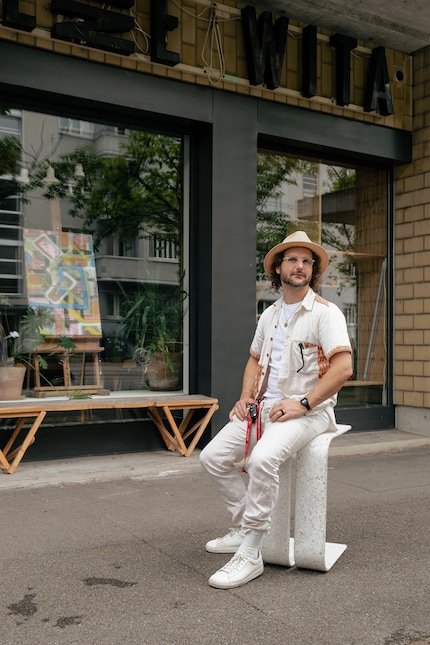
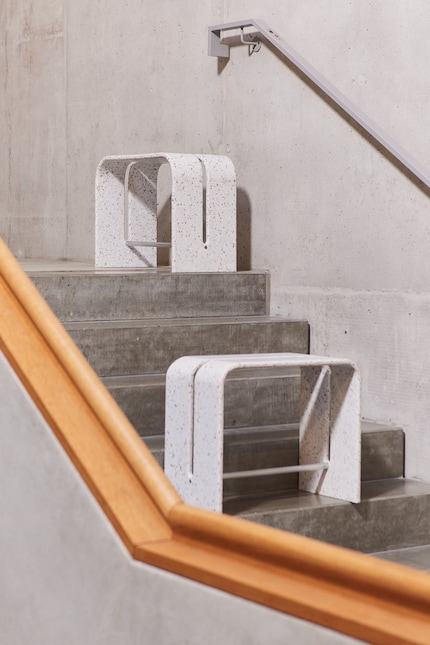
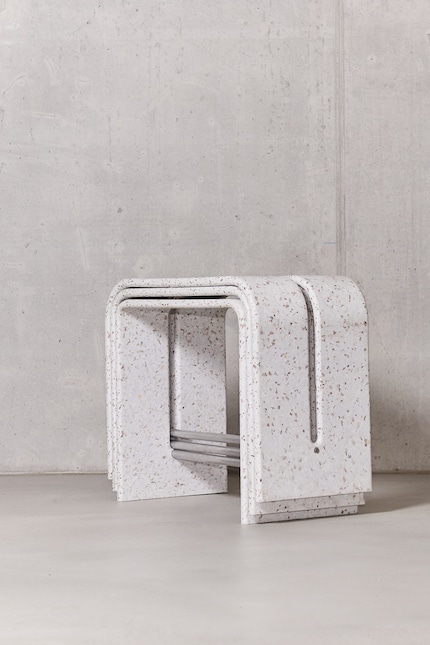
Where do you get your materials from?
Various places, one of which is Smile Plastics, a real pioneer in recycling. The company from Wales completely recycles waste materials and uses them to produce plastic sheets that are 100 per cent recyclable.
What inspires you about this collaboration?
I’m inspired by the story behind materials and people: knowing where something comes from, how it’s processed and whether it conserves resources. Smile Plastics sheets have evolved from playful and trendy to stylish and timeless – they’re ideal for interior design. Every surface tells its own story – from the shimmering foil of a yogurt pot to barcodes.
How does good design come about?
Good design requires the courage to stand out from the crowd and the ability to either fit harmoniously into the surroundings or to deliberately create something new that surprises and inspires. It starts with a strong idea, needs excellent implementation, the right timing and a clear target group. The unconventional and small flaws are often what make design exciting, provided that the focus is on quality and high standards.
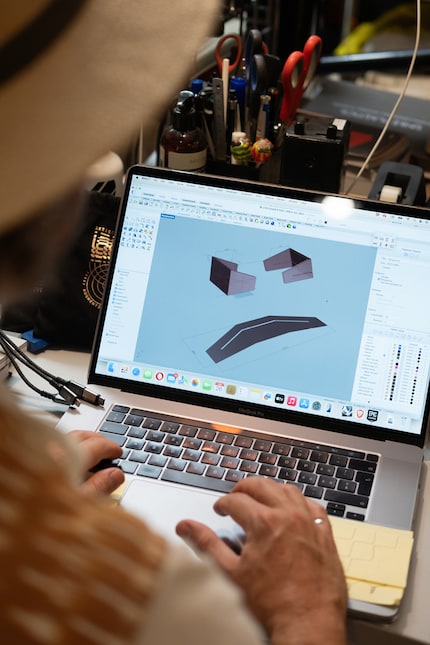
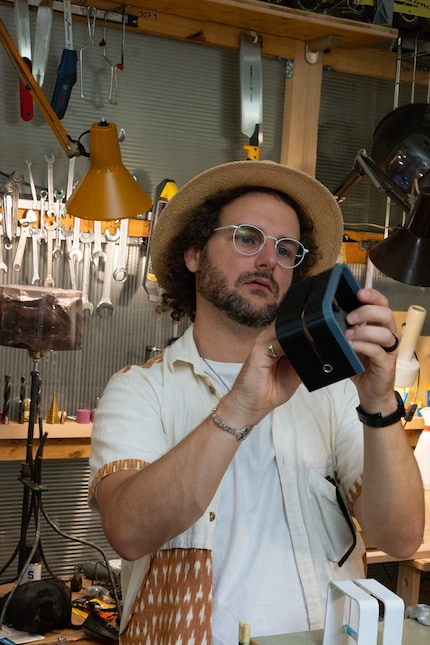
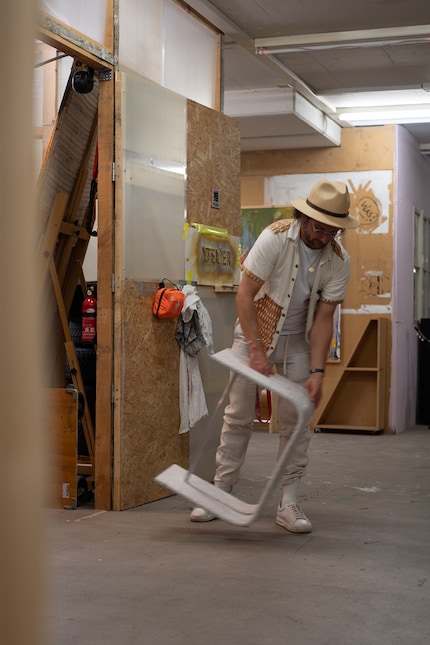
Finish the sentence «The term design ...»
... is now so broadly diversified that it often seems watered down. Someone who does nail art calls themselves a «designer» in the same way as a product developer. However, this doesn’t do justice to the demands of design. A protected title, similar to that in architecture, could ensure quality and strengthen the value of the industry.
Is there a product that you’d like to redesign?
Absolutely. In my Uto series, I’ve reinterpreted the Ulm stool. The original is iconic and timeless – it’ll still work in 50 years time. But it wasn’t stackable and there was potential for optimisation. For me, this is an example of evolution: appreciating what already exists and creating your own thing from it at the same time. After all, Picasso worked in the same way.
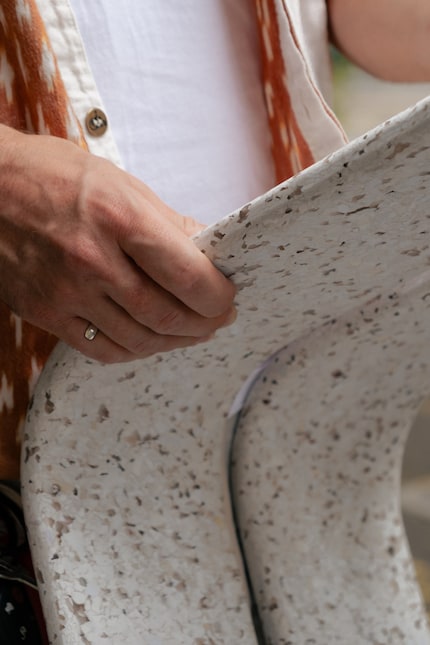
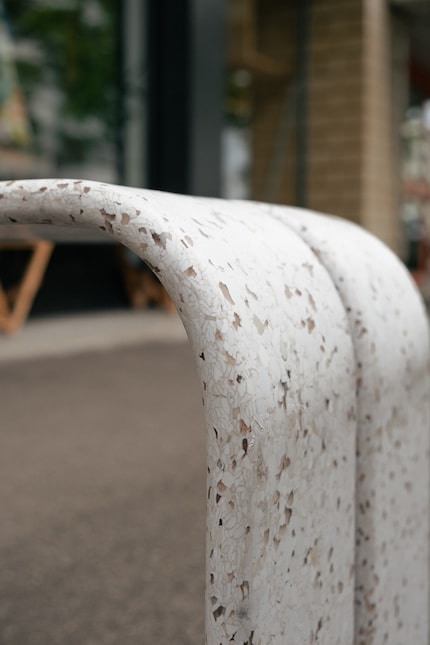
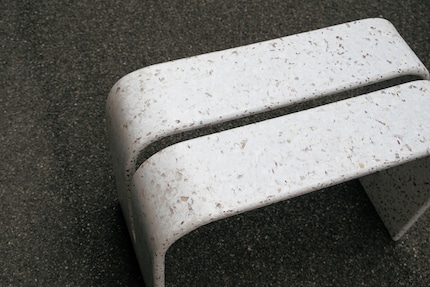
How would you describe your style?
My style is open and curious. Everything inspires me – from the texture of a file to the shape of an everyday object. Sometimes I think: «That would be perfect for a project». Perhaps even for a Birkenstock redesign.
What developments are you critical of in the design scene?
The constant chase after trends is annoying. Minimalism is a good example: everything has to be reduced and «cool», otherwise it’s not considered stylish. Design is much more individual. A surge in trends spurs on mass production and inferior products. Durable, well thought-out designs, on the other hand, are the better alternative.
Do you have any tips for more conscious consumption?
It’s simple: buy the good stuff. Invest in high-quality products that will last a long time instead of constantly buying cheap alternatives. Think of a good knife – why would you bother with a cheap knife that dulls after two cuts? Quality pays off and you won’t need as much stuff.

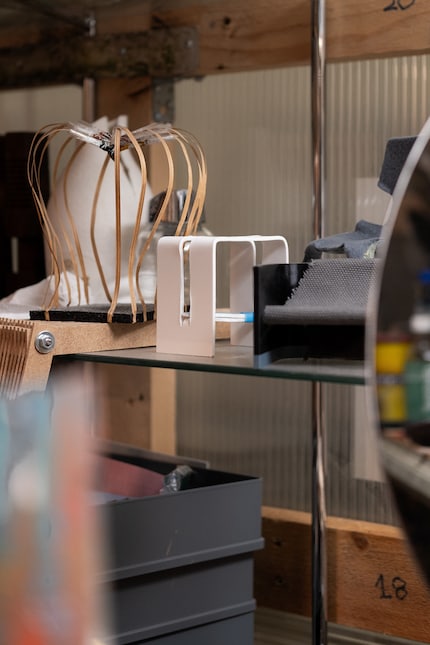
In this series of articles, designers answer questions about design and provide insights into their creative world and working methods.
Like a cheerleader, I love celebrating good design and bringing you closer to everything furniture- and interior design- related. I regularly curate simple yet sophisticated interior ideas, report on trends and interview creative minds about their work.
Interesting facts about products, behind-the-scenes looks at manufacturers and deep-dives on interesting people.
Show all
Background information
by Pia Seidel

Background information
by Pia Seidel

Background information
by Pia Seidel